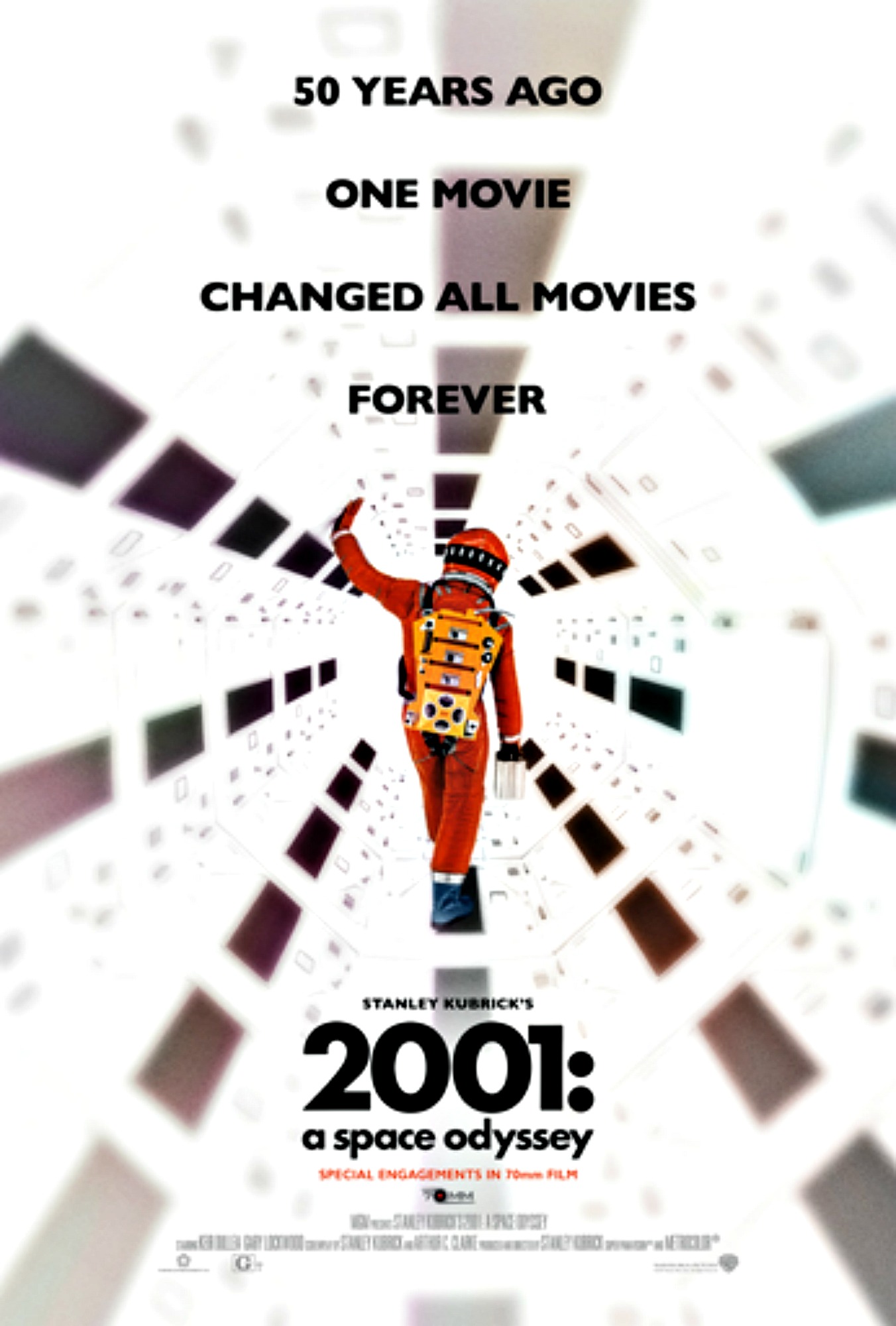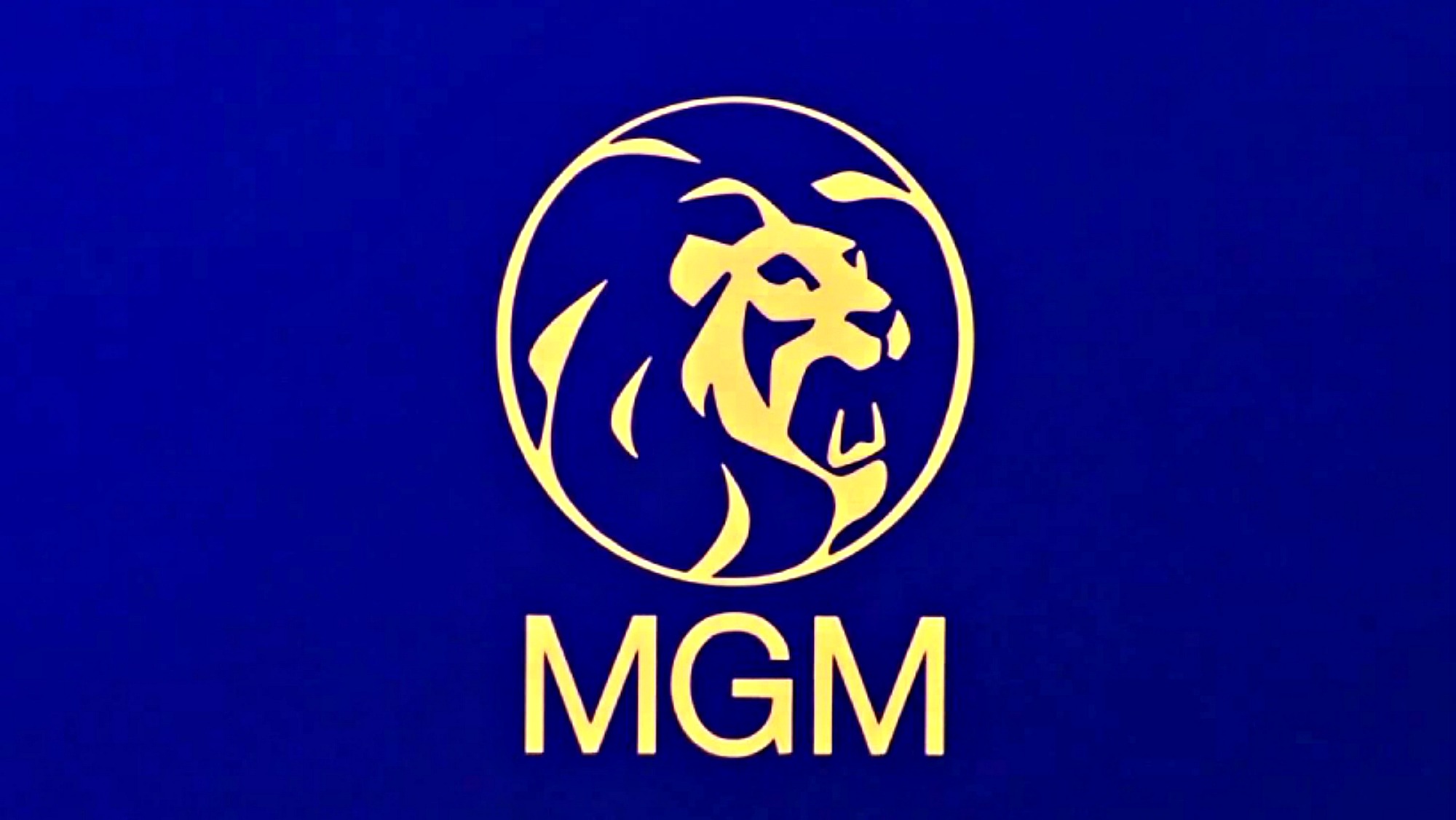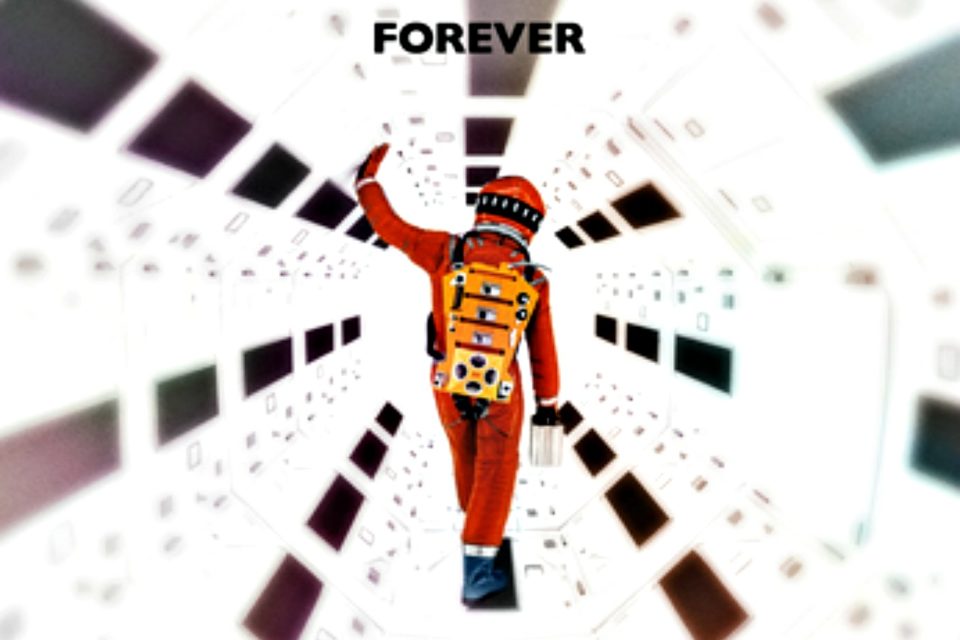Fifty years ago Stanley Kubrick directed a film that delivered more than entertainment for moviegoers; “2001: A Space Odyssey” was a true experience in 1968. A mind-blowing one at that.
For the coming week, IMAX and AMC movie theaters have teamed up to provide modern audiences a rare opportunity to feel what it was like to have that kind of an experience in a movie theater. In fact, this experience is an improvement due to a superior sound system and much bigger image on giant IMAX screens.

That experience includes a mood-setting overture (entrance music) as the screen and theater goes dark for several minutes before the film begins, an intermission in the 2-hour and 40-minute presentation with a resumption of the overture (Entr’acte music) on the dark screen that lasts long enough to visit the washroom and get more popcorn, as well as exit music.
The film’s score is an integral part of “2001” — the first spoken words don’t come until more than 20-minutes into the film and there are none in the final 20-minutes; dialogue comprises only a small fraction of the overall running time — and amazingly it is all pre-recorded classical music, enjoyed even more-so here in contemporary audio systems.
That modern sound quality is particularly noticed during the fabled Star Gate sequence of the third act — Jupiter and Beyond the Infinite — with the rumbling bass felt in the bones of your chest.
Some first-time viewers may suggest that this Star Gate sequence is simply a prolonged indulgence showing off new visual effects of the era, especially the latter lengthy section that is little more than color filters over aerial shots of various landscapes, which can now seem unremarkable. But the initial section showing an explosion of bright colors zooming towards the viewer, combined with a cacophony of orchestral sounds, is more visually mesmerizing and mind-bending now than ever on the giant screen, even without any chemical hallucinogens.
Also quite impressive is how every element of this movie holds up 50 years later, including the then-groundbreaking pre-digital visual effects that were done in such a primitive way and yet still pass heightened scrutiny when enlarged in superior definition on the bigger screen. As many as eight different windows showing people moving inside spacecraft models can be spotted in some scenes. Close-ups of actors dressed in ape costumes are still convincing enough. Models of spacecraft flying around stars and planets are nearly as believable as Star Wars movies decades later.
Everything about “2001” broke the norms of cinema in the 1960s, even beginning with a futuristic-looking MGM logo that was only used on two other films, “Grand Prix” and “The Subject Was Roses.”

The well-known story, as enigmatic as ever, begins with The Dawn of Man during which a mysterious imposing monolith seems to give apes the idea of using animal bones as weapons to protect their territory, and cuts through a classic cinematic edit of a bone thrown into the sky to a space ship moving in the same path to introduce a segment set beautifully to The Blue Danube by Johann Strauss II in which modern man discovers the same monolith on the moon. Here again, the film has proven over half-a-century to have gotten so many visions of the future correct, from video screens on the backs of seats in aircraft to Skype/Facetime-type live video phone calls. Hilton and Howard Johnson’s were accurately forecast to continue to be ongoing brands a half-century later, although Pan American Airways didn’t survive as imagined here.
Scenes depicting flight attendants walking normally on a passageway while turning upside down as the rest of the aircraft remains in place is a great visual trick that never gets old to watch.
In the second segment, Jupiter Mission, the HAL 9000 computer remains as captivating and unsettling as ever. And the final minutes following the Star Gate sequence showing astronaut David Bowman growing old in a sterile room laying on a then-rare king-size bed leading to the iconic shot of the fetus in space as the now most-recognized piece of classic music associated with a movie begins to swell with a tremendous crescendo, Also sprach Zarathustra by Richard Strauss.
“2001: A Space Odyssey,” which became the top-grossing film of 1968, is considered one of the most important and influential films ever made. You owe it to yourself to capitalize on the rare chance to see it in a theater this week, and enjoy a true cinematic experience.
— By Scott Hettrick
